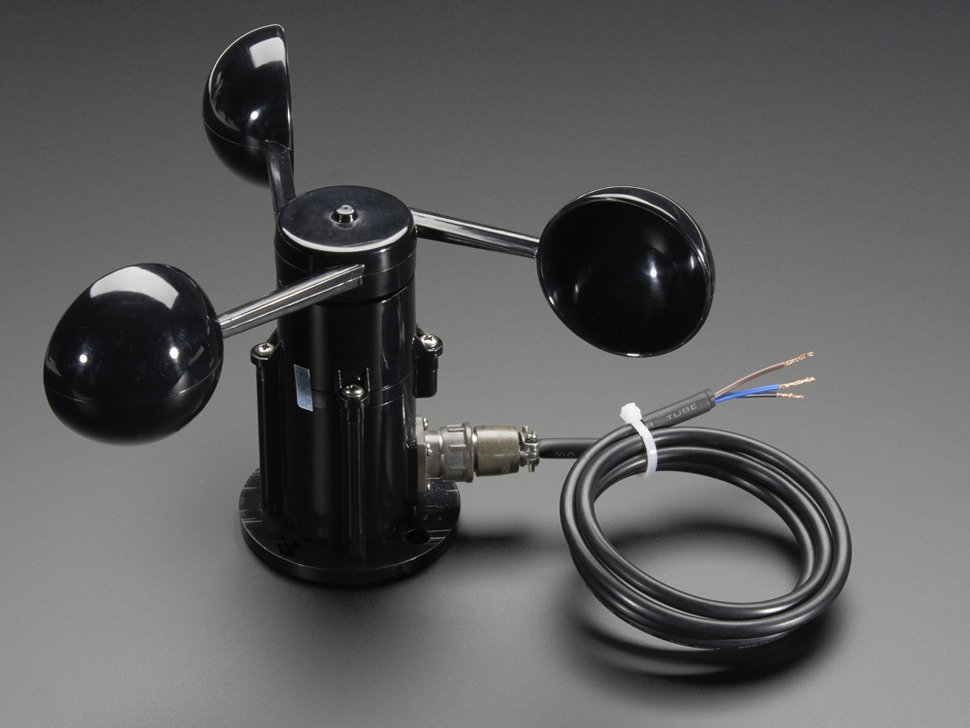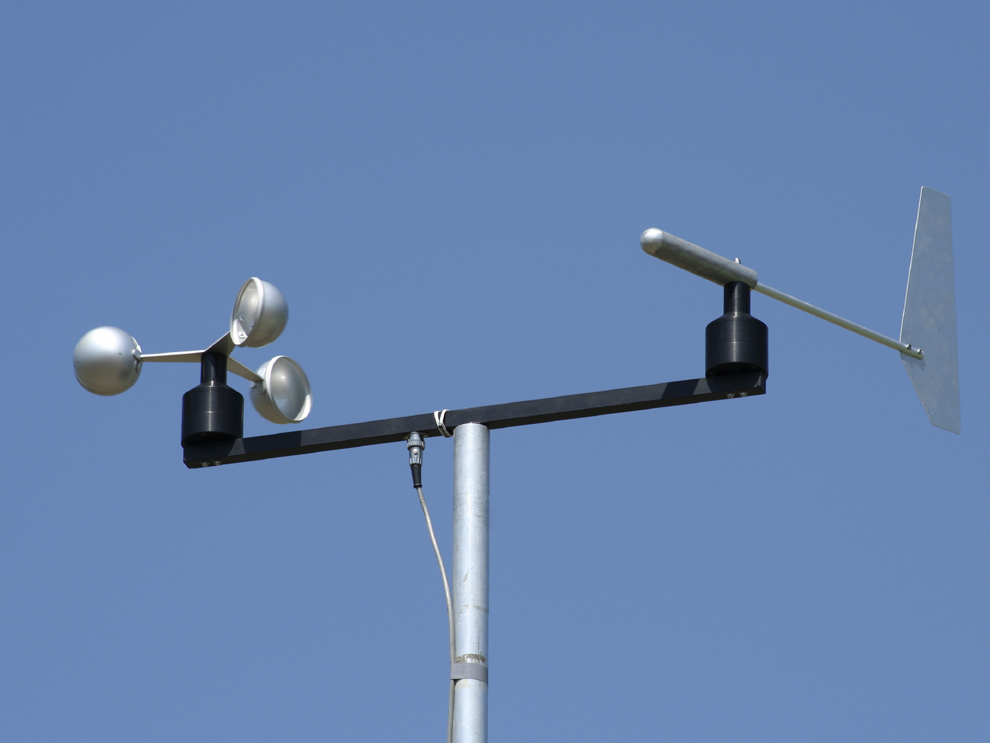Professional Tips for Calibrating Your Anemometer for Optimal Performance
Professional Tips for Calibrating Your Anemometer for Optimal Performance
Blog Article
Anemometers Revealed: Comprehending Their Relevance in Ecological Tracking and Security Procedures
The role of anemometers in ecological tracking and security measures is commonly ignored, yet their significance is obvious. From meteorology to aeronautics security, anemometers play a crucial function in providing precise data that notifies decision-making procedures and improves total safety.
Background of Anemometers
The advancement of anemometers can be mapped back to the old people where rudimentary wind determining tools were initial utilized. One of the earliest known anemometers was the hemispherical cup anemometer developed by Leon Battista Alberti in the 15th century.
In the 18th century, the renowned scientist John Thomas Romney Robinson introduced the Robinson anemometer, which included 4 hemispherical mugs mounted on straight arms that prolonged from a main axis. This layout came to be a standard in meteorological measurements because of its accuracy and reliability. Over the years, developments in innovation caused the growth of even more contemporary anemometers, including ultrasonic anemometers and laser Doppler anemometers, providing boosted accuracy and effectiveness in determining wind rate and instructions. The background of anemometers showcases an exceptional trip of advancement and progression in the area of weather forecasting.
Kinds Of Anemometers
Throughout the field of weather forecasting, different sorts of anemometers have been created to properly determine wind speed and instructions. One of the most common type is the mug anemometer, which includes three or 4 cups mounted on straight arms that turn with the wind. As the cups rotate, the speed at which they rotate is straight proportional to the wind rate. One more widely utilized type is the vane anemometer, which includes a tail or fin that aligns itself with the wind instructions. This positioning allows the tool to determine the wind instructions. Sonic anemometers utilize ultrasonic signals to measure wind rate and direction precisely. They are typically made use of in research study applications as a result of their high accuracy. Hot-wire anemometers operate based upon the principle that the cooling impact of wind on a heated cord is proportional to the wind rate. These anemometers appropriate for gauging low wind rates with high accuracy. Each kind of anemometer has its strengths and is picked based on the certain requirements of the tracking task available.
Applications in Meteorology
Having actually reviewed the various kinds of anemometers used in meteorology for gauging wind rate and direction, it is vital to discover their sensible applications in the area. Anemometers play an essential function in meteorology by supplying real-time and accurate data on wind problems (anemometer). Meteorologists use anemometers to keep track of wind speed and direction to forecast weather condition patterns, problem warnings for serious weather condition events like tornados, typhoons, and hurricanes, and assess atmospheric problems for aeronautics safety and security
In weather forecasting, anemometers assist in comprehending regional and regional wind patterns, which are important for predicting climate adjustments and figuring out climatic trends. These tools are likewise used in study to examine microclimates, metropolitan heat islands, and air contamination dispersion. Additionally, anemometers are used in agriculture to optimize plant administration methods, such as irrigation and chemical application, based on wind problems.
Value in Aviation Safety And Security
An indispensable element of ensuring aeronautics safety hinges on the precise surveillance of wind conditions making use of anemometers. Anemometers play a crucial function in aviation by supplying real-time data on wind speed and instructions, helping pilots in making educated decisions during take-off, flight, and touchdown. Strong and unforeseeable winds can significantly affect airplane operations, making it essential for aeronautics authorities to rely click over here on precise wind dimensions to make certain the safety and security of passengers and staff.

In the vibrant environment of air travel, where also minor adjustments in wind speed and direction can have extensive effects, anemometers stand as crucial tools for advertising safe and protected flight.
Role in Environmental Research Study
Anemometers play a critical function in ecological study by providing essential data on wind speed and direction. By accurately measuring wind qualities, anemometers aid scientists evaluate the motion of pollutants in the air, analyze the influence of industrial emissions, and anticipate the spread of contaminants in the setting.


Conclusion
In final thought, anemometers have played a vital function in environmental monitoring and safety steps. With a rich history and numerous kinds readily available, these gadgets have been commonly used in meteorology, aviation safety and security, and ecological study. Comprehending the importance of anemometers is crucial for precisely determining wind speed and direction, which is vital for predicting climate patterns, making certain secure air travel operations, and performing ecological studies - anemometer. Their payments to these fields can not be underestimated.
One of the earliest recognized anemometers was the hemispherical mug anemometer created by Leon Battista Alberti in the 15th century. Over the years, advancements in innovation led to the growth of more modern-day anemometers, including ultrasonic anemometers and laser Doppler read the article anemometers, using increased precision and performance in measuring wind rate and instructions. Hot-wire anemometers operate based on the concept that the cooling result of wind on a heated cable is symmetrical to the wind speed. Meteorologists utilize anemometers to monitor wind speed and instructions to anticipate weather condition patterns, concern cautions for severe weather condition occasions like hurricanes, typhoons, and tornados, and assess atmospheric conditions for air travel safety and security.
Understanding the significance of anemometers is vital for properly gauging wind rate and instructions, which is vital for predicting weather condition patterns, making sure risk-free air travel procedures, and conducting environmental studies. (anemometer)
Report this page